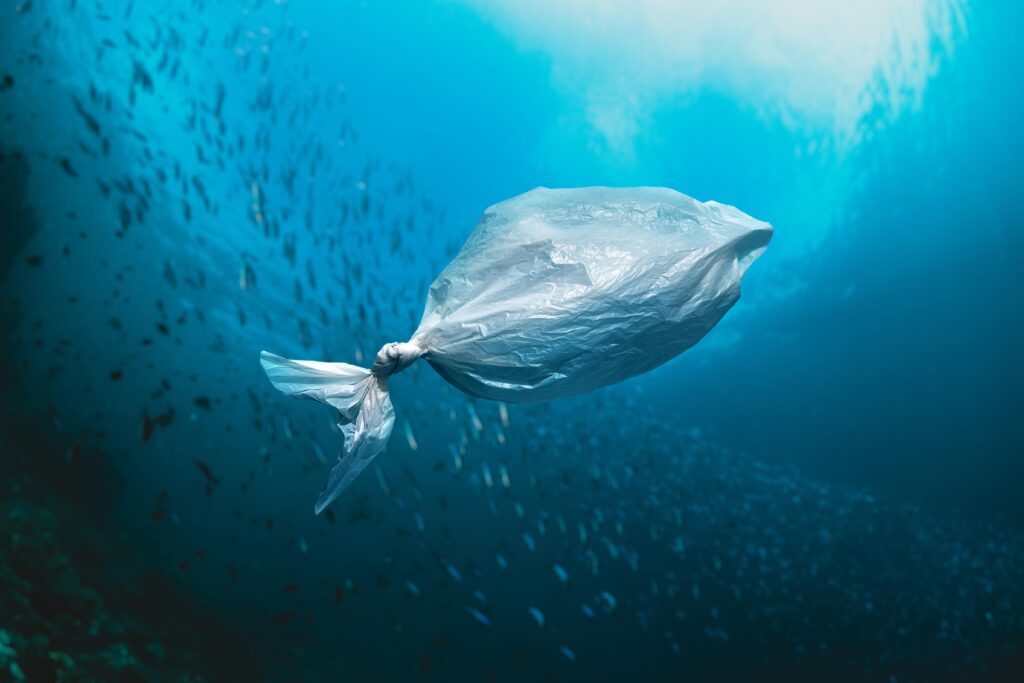
The vast oceans, which once symbolized endless freedom and untamed beauty, are now facing an unprecedented crisis—one that is human-made and entirely preventable. Every year, millions of tons of plastic waste enter our oceans, threatening marine life, ecosystems, and even human health. While most people are aware that this is a growing problem, the reality is far more alarming than many realize.
Here are some shocking facts that expose the scale, causes, and long-term consequences of plastic pollution in the ocean—and why we urgently need to change course.
Over 11 Million Metric Tons of Plastic Enter the Oceans Annually
One of the most staggering revelations is the sheer volume of plastic entering marine environments each year. Recent estimates suggest that at least 11 million metric tons of plastic waste are dumped into the oceans annually. To put this in perspective, that’s the equivalent of more than one garbage truck full of plastic being tipped into the ocean every single minute.
This number is projected to nearly triple by 2040 if current consumption and waste management patterns continue unchecked.
80% of Ocean Plastic Comes From Land-Based Sources
Contrary to the belief that most marine plastic originates from fishing vessels or offshore activities, a significant majority—around 80%—comes from land. Improperly discarded items like plastic bags, bottles, wrappers, and other single-use packaging often end up in rivers and waterways, eventually making their way to the sea.
This highlights the need for better waste collection systems and public education about responsible disposal and recycling practices.
Every Square Mile of Ocean Contains Plastic Debris
Plastic is now so pervasive in the marine environment that every square mile of the ocean contains thousands of pieces of floating plastic debris. Some regions, like the infamous Great Pacific Garbage Patch, have become massive convergence zones of plastic waste. This floating island of trash between Hawaii and California is estimated to be more than twice the size of Texas.
Yet, not all ocean plastic floats. In fact, about 70% of it sinks to the seafloor, creating a hidden layer of pollution that is even harder to clean up.
Marine Life Is Dying at Alarming Rates
The effects on marine life are both heartbreaking and widespread. More than 700 species of marine animals are known to be impacted by plastic pollution. Sea turtles mistake plastic bags for jellyfish, seabirds ingest plastic shards thinking they’re food, and marine mammals become entangled in discarded fishing gear and six-pack rings.
Studies show that over 50% of sea turtles have ingested plastic. Ingestion can lead to internal injuries, starvation, and death, as the plastic fills their stomachs and gives a false sense of fullness.
Microplastics Are Now in the Food Chain
One of the most disturbing developments is the rise of microplastics—tiny plastic fragments less than 5mm in size. These particles come from the breakdown of larger plastics or from products like synthetic clothing and personal care items. They are now found throughout the ocean, from surface water to deep-sea sediments.
What’s more alarming is that marine animals ingest these microplastics, which means they’re now entering the human food chain through seafood consumption. Scientists have even discovered microplastics in human blood, lungs, and placental tissue.
Plastic Pollution Doesn’t Just Hurt Wildlife—It Hurts People Too
Beyond environmental consequences, oceanic plastic waste also poses serious risks to human health and economies. Coastal communities that depend on fishing and tourism are particularly vulnerable. Contaminated seafood, reduced fish stocks, and polluted beaches impact food security and livelihoods worldwide.
Additionally, cleaning up plastic waste from beaches and coastal areas costs governments and local municipalities billions of dollars annually.
Only 9% of Plastic Waste Is Recycled Globally
Despite growing awareness, global recycling rates remain extremely low. According to the United Nations, only about 9% of all plastic ever produced has been recycled. The rest is either incinerated, landfilled, or ends up in the natural environment, including oceans.
This is largely due to poor infrastructure, lack of consumer education, and the fact that many plastics are not economically viable to recycle.
Bans on Single-Use Plastics Are Making a Difference
While the statistics are dire, there is reason for hope. Countries around the world are beginning to take action. Over 100 nations have introduced policies banning or limiting the use of single-use plastics. These include items like plastic straws, stirrers, cutlery, and shopping bags.
Such measures are starting to reduce plastic waste generation, especially when paired with public awareness campaigns and corporate responsibility initiatives. Businesses are also exploring alternatives such as biodegradable and compostable packaging, refillable containers, and circular product models.
Technology and Innovation Are Offering New Solutions
Emerging technologies are playing a crucial role in addressing ocean waste. Startups and NGOs are developing advanced cleanup tools, such as floating barriers, plastic-collecting drones, and ocean skimmers that remove debris from the water’s surface.
Moreover, innovations in material science are leading to the creation of eco-friendly packaging and plant-based polymers that can safely break down in natural environments. These developments offer hope for a future where plastic is no longer a lasting pollutant.
The Power of Consumer Choices
Ultimately, solving the crisis of plastic pollution in the ocean starts with collective action. While governments and industries must lead the way, individuals have a powerful role to play. Choosing reusable items, avoiding single-use plastics, supporting sustainable brands, and properly disposing of waste can make a meaningful difference.
Educating others and advocating for systemic change are also vital steps in reducing the flow of plastic into our oceans.
Conclusion
Plastic pollution in the ocean is one of the most pressing environmental challenges of our time. Its effects are far-reaching, from harming marine ecosystems to threatening human health and economic stability. But by understanding the scope of the problem and taking action at all levels—individual, corporate, and governmental—we can begin to reverse the damage.
Oceans are not just vast bodies of water; they are life-support systems for the entire planet. Protecting them from plastic waste isn’t optional—it’s essential.







